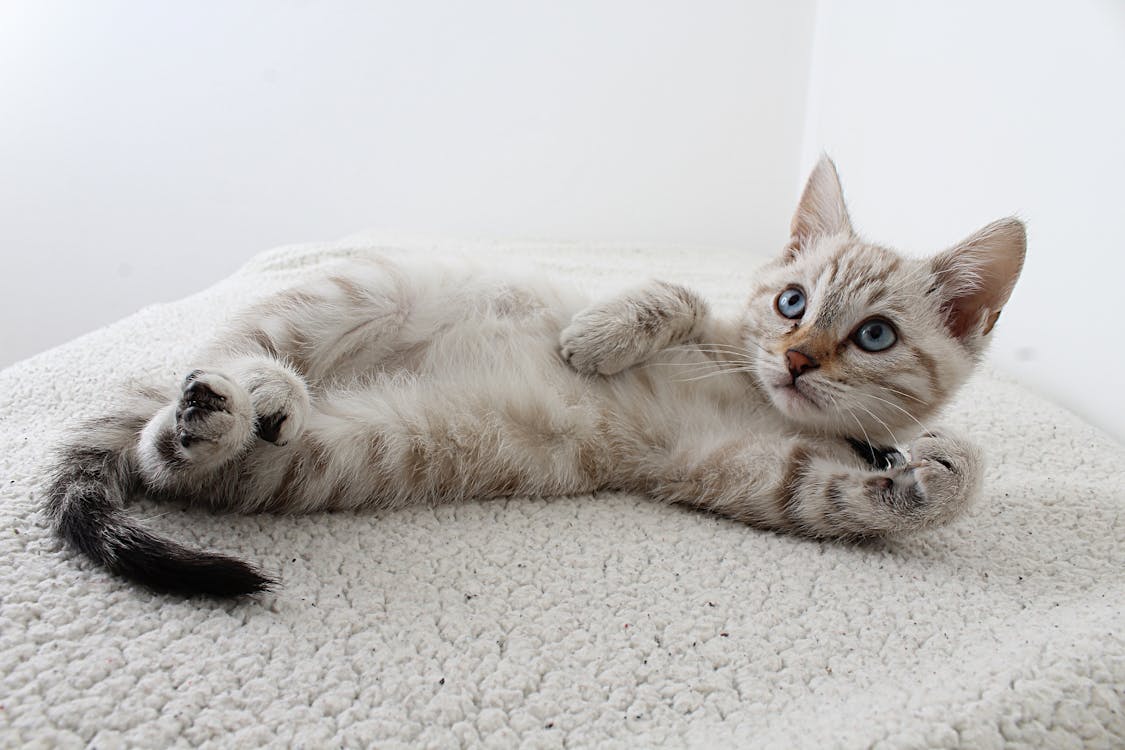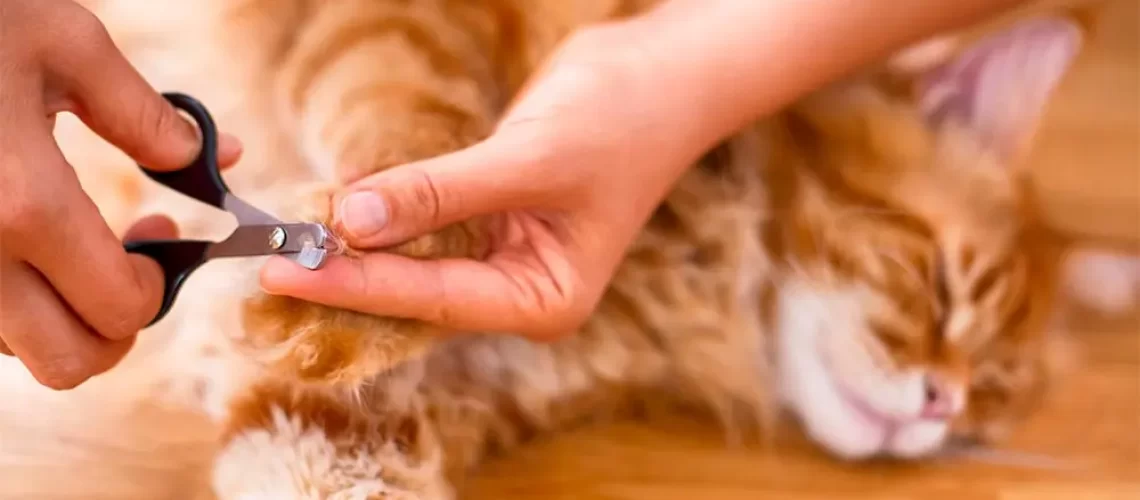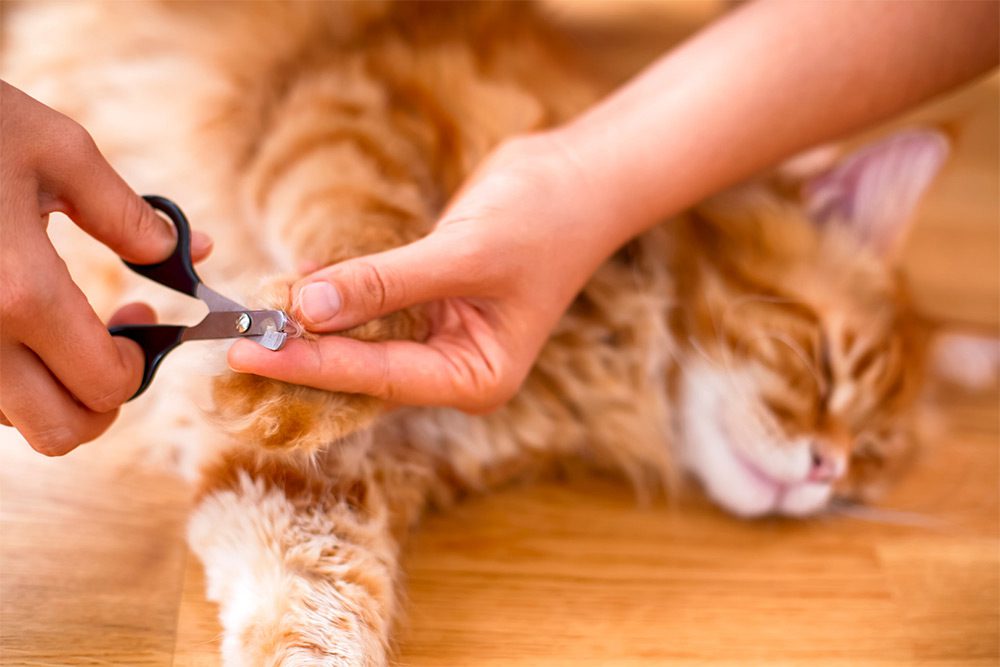Have you ever heard that declawing a cat is cruel? If you have a cat in your home then you must be knowing that the cat has claws, so why should you remove them?
Declawing a cat is a controversial and highly debated topic. Many veterinarians, animal welfare organizations, and experts consider declawing to be a harmful and inhumane procedure. Here are some key reasons why declawing is often viewed as cruel and why it's generally discouraged:
- Pain and Suffering: Declawing is not a simple nail trim but involves the amputation of the last bone of each toe. This is a painful and invasive procedure that can lead to significant pain and discomfort for the cat, often lasting for an extended period.
- Loss of Natural Behaviors: Declawed cats may experience behavioral changes. They may become more fearful, aggressive, or prone to biting as they lose their primary means of self-defense (claws) and ability to engage in natural scratching behaviors.
- Physical Consequences: Cats rely on their claws for balance and climbing. Declawed cats may experience difficulty with balance and mobility, leading to long-term physical challenges.
- Psychological Effects: Declawing can lead to psychological stress and anxiety. Cats may develop fear of their environment or people due to the pain associated with declawing.
- Communication and Play: Cats use their claws for communication, marking territory, and during play. Declawed cats may have difficulty expressing themselves and interacting with other cats.
- Health Risks: Declawing can result in complications, including infection, lameness, and nerve damage. It also carries risks during anesthesia and surgery.
- Alternatives: There are humane alternatives to declawing, such as regular nail trimming, providing appropriate scratching posts and pads, and using soft nail caps. These methods allow cats to engage in their natural behaviors without harming themselves or furniture.
- Legal Status: Declawing is banned or strongly discouraged in many countries and several U.S. states due to its ethical concerns.

We all know that cats have claws, but when you remove those claws from their feet then what will they do? They will scratch the furniture and other things which will lead to scratches on the walls and floor. Declawing a cat will make them uncomfortable and will make them move around the house.
The claw of a cat is called toe nail and it is responsible for their movement, so if you take away their toe nails, then they will not be able to move as they want.
Declawing a cat will also make them uncomfortable. If you remove the toe nails of your cat, then it will not be able to scratch the furniture. But you can still give them the freedom to scratch the furniture, but they won’t be able to scratch the wall or floor.
They will also lose their sense of balance and they will also have difficulty in walking.
Declawing a cat is very cruel.

How To Declaw A Cat?
You can declaw your cat by yourself. It is really easy and takes only a few minutes to do it. You can get a pair of scissors and cut the toe nails of your cat.
However, if you don’t have any tools then you can ask someone to do it for you.
If you are afraid that you may hurt your cat then you should not declaw it. There are many other ways to make your cat comfortable and not to hurt it.
Declawing a cat is not necessary. If you are afraid of hurting your cat, then you should not declaw it.
It is better to use a tool to remove their claws.
Is Declawing A Cat Necessary?
If you want your cat to be comfortable and not to scratch the walls or furniture, then you need to declaw them. However, it is not necessary that you should declaw them. You can keep them in a cage and make them stay there.
If you don’t have a cage, then you can put them in a box.
Conclusion:
It's important for cat owners to explore alternatives and consider the welfare of their pets before resorting to declawing. If you have concerns about your cat scratching furniture or other issues, consult with a veterinarian or a professional animal behaviorist for guidance on behavior modification and humane solutions. Maintaining a safe and enriching environment for your cat can help prevent unwanted scratching behavior without resorting to declawing, which is generally considered inhumane and unnecessary.

















